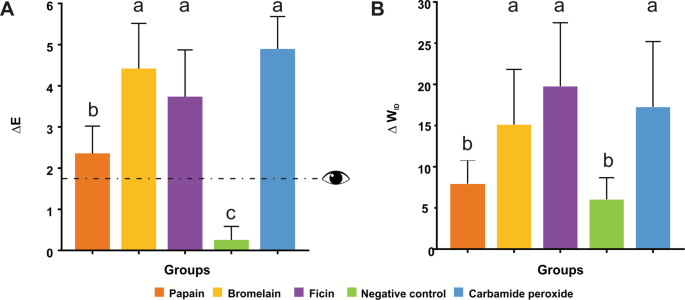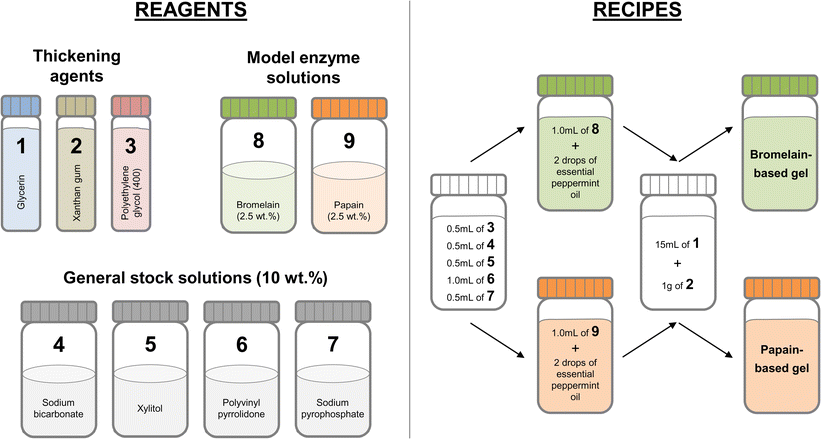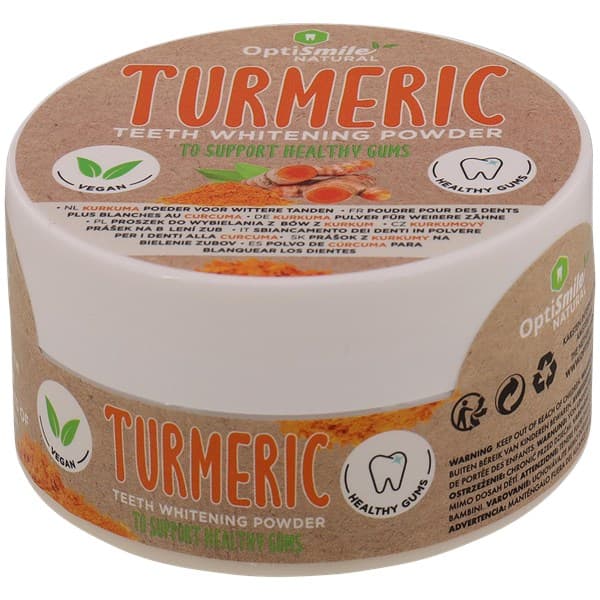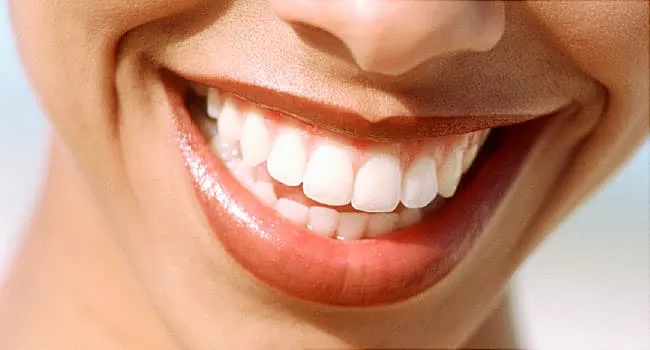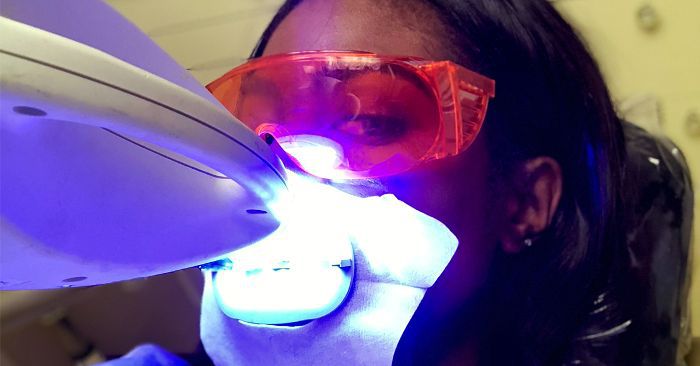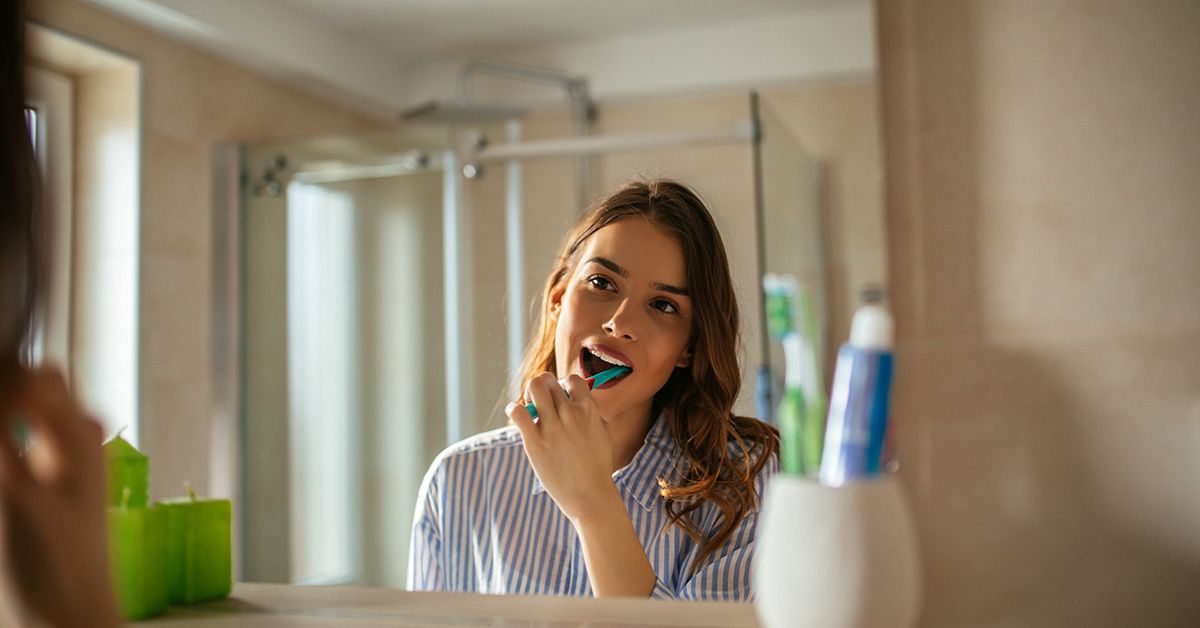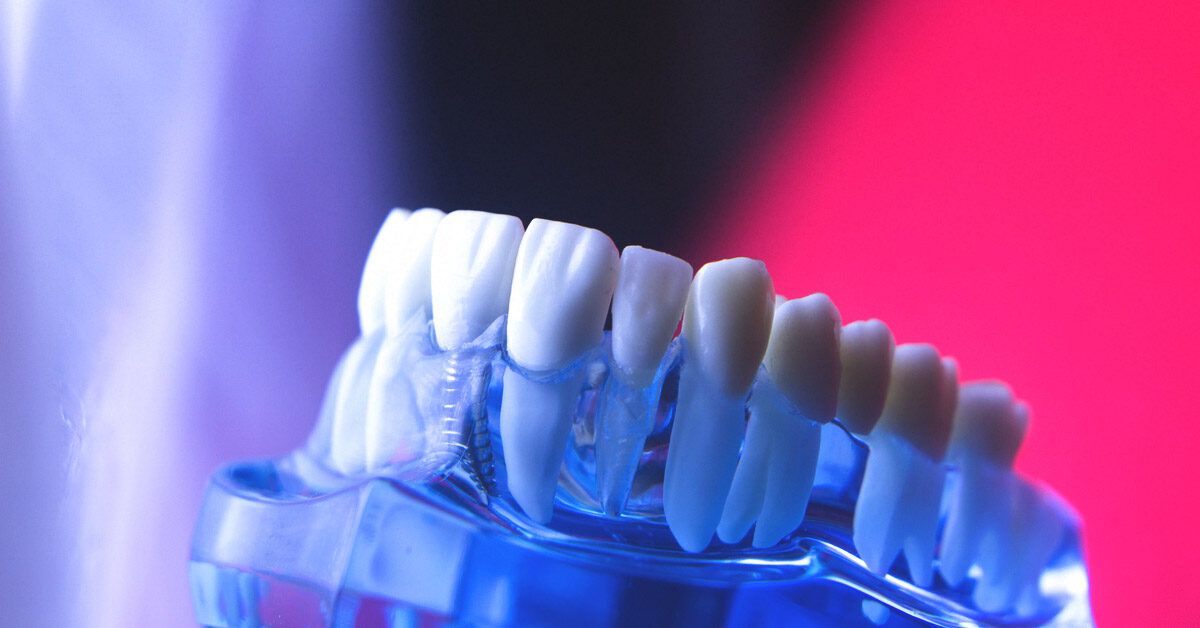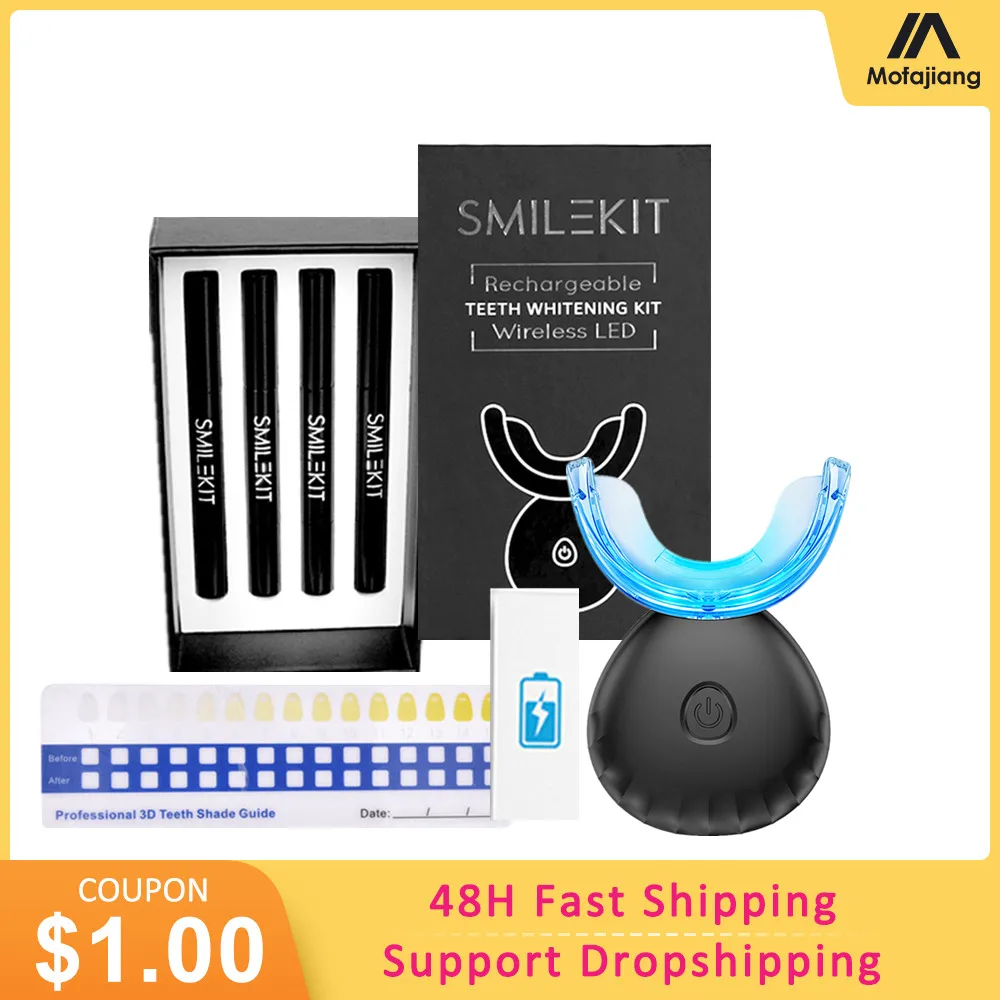Kingkellz
Head of head of head of head of Doctors
- Joined
- Jan 9, 2020
- Posts
- 4,531
- Reputation
- 16,121
- OP
- #151
I've heard of brushing with fenugreek powder and then massaging teeth with a coconut oil + salt elixir afterwards. (How legit it is idk... might be broscience.)@Kingkellz
is carbamide peroxide safe to use in the long term?
I get that it's weaker than hydrogen peroxide but doesn't mean it can't have long term effects.
I tried oil pulling tbh, did nothing, so I'm back here
I'm no expert but I've read/heard that it can damage enamel over time especially at higher concentrations (stay 16% or lower) but many of the studies I've read say it's both safe and effective to use up to 35% with better results and without additional side effects.

Clinical evaluation of 16% and 35% carbamide peroxide as in-office vital tooth whitening agents - PubMed
Carbamide peroxide in 16% and 35% concentration are effective and safe for bleaching discoloured vital teeth, however, 35% concentration gave significantly more lightening effect without additional side effects compared to 16% concentration.
Carbamide peroxide in 16% and 35% concentration are effective and safe for bleaching discoloured vital teeth, however, 35% concentration gave significantly more lightening effect without additional side effects compared to 16% concentration.
Something about cp on teeth...
Carbamide peroxide can also affect the teeth by significantly reducing the bond strength of resin composite systems to treated enamel and dentin. It has been postulated that residual peroxide on the dentin and enamel surfaces inhibits polymerization of the resin bonding systems.

The effect of long-term use of tooth bleaching products on the human enamel surface - PubMed
The aim of this in vitro study was to evaluate the long-term effect of bleaching on human enamel. Four groups of enamel specimens were prepared (n = 20): group 1: bleaching with Opalescence Boost [40% hydrogen peroxide (H<sub>2</sub>O<sub>2</sub>), 3 × 20 min/week]; group 2: control group (the...
Bleaching with CP 16% resulted in higher roughness than bleaching with H2O2, while 40% H2O2 caused the higher microhardness increase. The present study showed that in-office bleaching with 40% H2O2 seems to be at least as safe as home bleaching as far as their effects on human enamel are concerned.
Some interesting reads in general if you want (lots to read tho)
Hydrogen peroxide tooth-whitening (bleaching) products: Review of adverse effects and safety issues - British Dental Journal
Hydrogen peroxide in the form of carbamide peroxide is widely used for tooth whitening (bleaching), both in professionally- and in self-administered products. Adverse effects have become evident. Cervical root resorption is a possible consequence of internal bleaching and is more frequently...
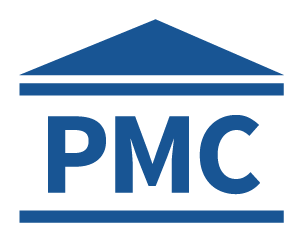
Tooth Whitening: What We Now Know
Current research about tooth whitening shows that it is safe and effective when manufacturer’s protocol is followed, yet there are risks of which the profession and users should be aware.This update provides a summary of current research and assessment ...


